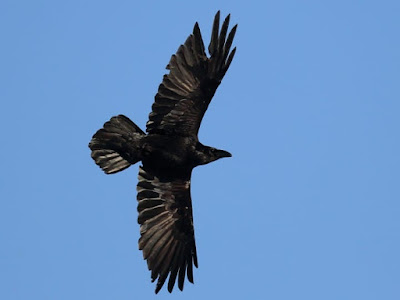2020 A to Z Challenge!
Z is for Zenaida Asiatica.
Also known as the White-winged Dove.
In order to utilize the "Z" I had to use
this bird's scientific name!
And oh! before I forget...thanks to everyone who visited and commented ever so nicely on my 2020 A to Z blog! Cheers and I hope you have a lovely and healthy year!
Also known as the White-winged Dove.
In order to utilize the "Z" I had to use
this bird's scientific name!
Originally a bird of desert thickets, the White-winged Dove has become a
common sight in cities and towns across the southern U.S. When perched,
this bird’s unspotted brown upperparts and neat white crescents along
the wing distinguish it from the ubiquitous Mourning Dove. In flight,
those subdued crescents become flashing white stripes worthy of the
bird’s common name. Take a closer look and you’ll see a remarkably
colorful face, with bright-orange eyes and blue “eye shadow.”
To learn more about this lovely bird
visit this website. You can also
hear their calls on that site. Enjoy!
~~~~~And oh! before I forget...thanks to everyone who visited and commented ever so nicely on my 2020 A to Z blog! Cheers and I hope you have a lovely and healthy year!










































